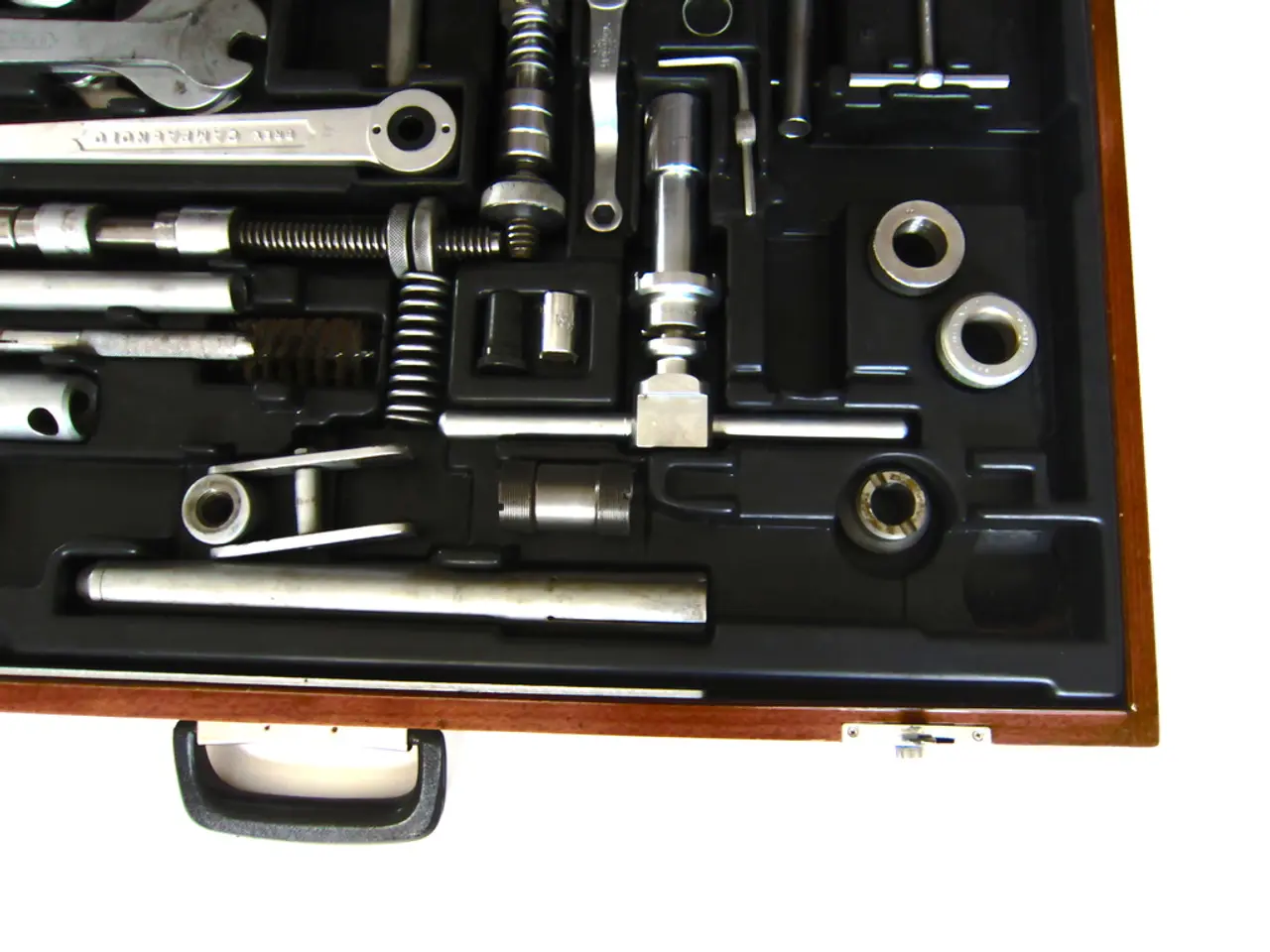Exploiting the Combination of Hubstaff and Zapier: 13 Strategies to Boost Efficiency
Hubstaff, a popular time tracking and productivity tool, has partnered with Zapier, an automation platform, to help users automate routine tasks and improve operational efficiency.
With the new integration, Hubstaff users can connect to hundreds of apps, streamlining their workflows. A dozen templates are available to get users started quickly with Zapier. These templates cover various automation tasks, such as sending time entries automatically to Google Sheets for centralized time tracking and reporting, creating Jira tickets based on Hubstaff triggers, and notifying Slack channels or users about attendance-related events.
To create a custom Zap, users need to log in to their Zapier account, click the "Make a Zap" button, and follow the Zap editor's instructions. The first step involves choosing a trigger app, setting up the trigger event, and connecting the app account. After setting up the trigger, users need to set up the action they want to occur after the trigger event.
For example, users can set a Hubstaff event as a trigger (e.g., On-time Shift, Late Shift, Missed Shift), select an action like posting a message to Slack or creating a Jira issue, then test and activate the "Zap" to automate the process seamlessly.
The integration extends the usefulness of Hubstaff by automating workflows that touch team communication, project management, and reporting tools. It helps reduce manual administrative work, allowing teams to focus on what matters most.
Some other automation tasks achievable using the Hubstaff + Zapier integration include getting Slack notifications when team members stop tracking time in Hubstaff, getting notifications when employees leave scheduled shifts early, and adding events in Google Calendar for new Hubstaff shifts.
Moreover, users can automate the process of adding new rows from Google Sheets to Hubstaff as to-dos, automatically add Hubstaff to-dos as tasks in Todoist, and even add GitLab issues to Hubstaff as new to-dos.
Hubstaff's CEO and co-founder, Jared Brown, announced the integration, stating, "This partnership with Zapier extends the usefulness of Hubstaff through workflow automation that touches team communication, project management, and reporting tools, helping reduce manual administrative work."
Zapier's main feature is called a Zap, which is an automated workflow that connects two or more apps. This integration is just another way Hubstaff is helping teams work smarter, not harder.
- Hubstaff users can take advantage of Zapier's integration to connect their accounts with hundreds of apps, streamlining their workflows.
- With the integration, users can automate routine tasks such as sending time entries to Google Sheets for centralized tracking and reporting.
- The Hubstaff and Zapier integration enables users to create custom automation tasks, like getting Slack notifications when team members stop tracking time in Hubstaff.
- Jared Brown, the CEO and co-founder of Hubstaff, praised the partnership with Zapier, noting that it extends the usefulness of Hubstaff by automating workflows that touch team communication, project management, and reporting tools.




